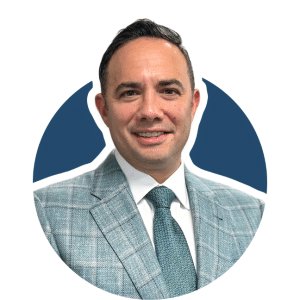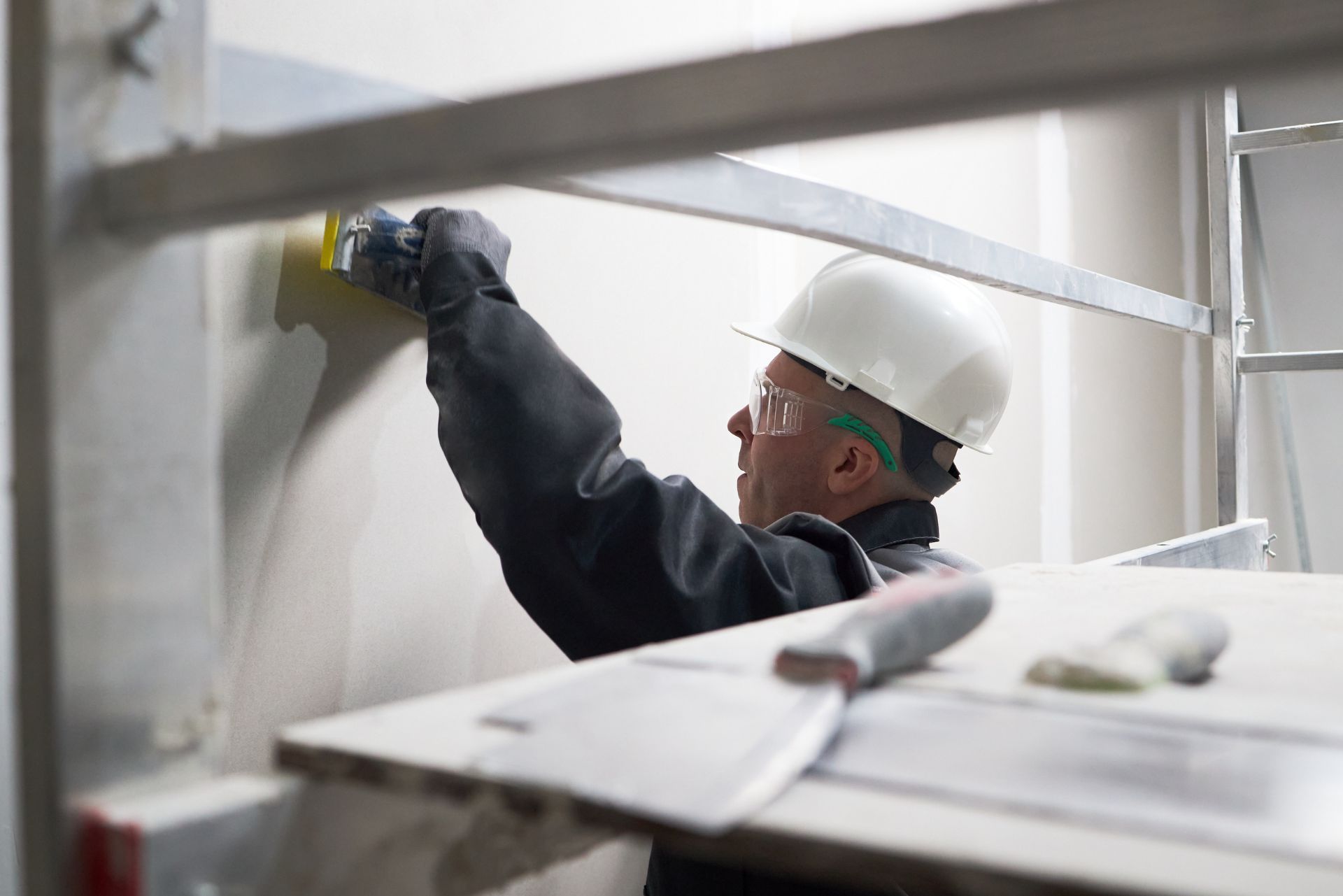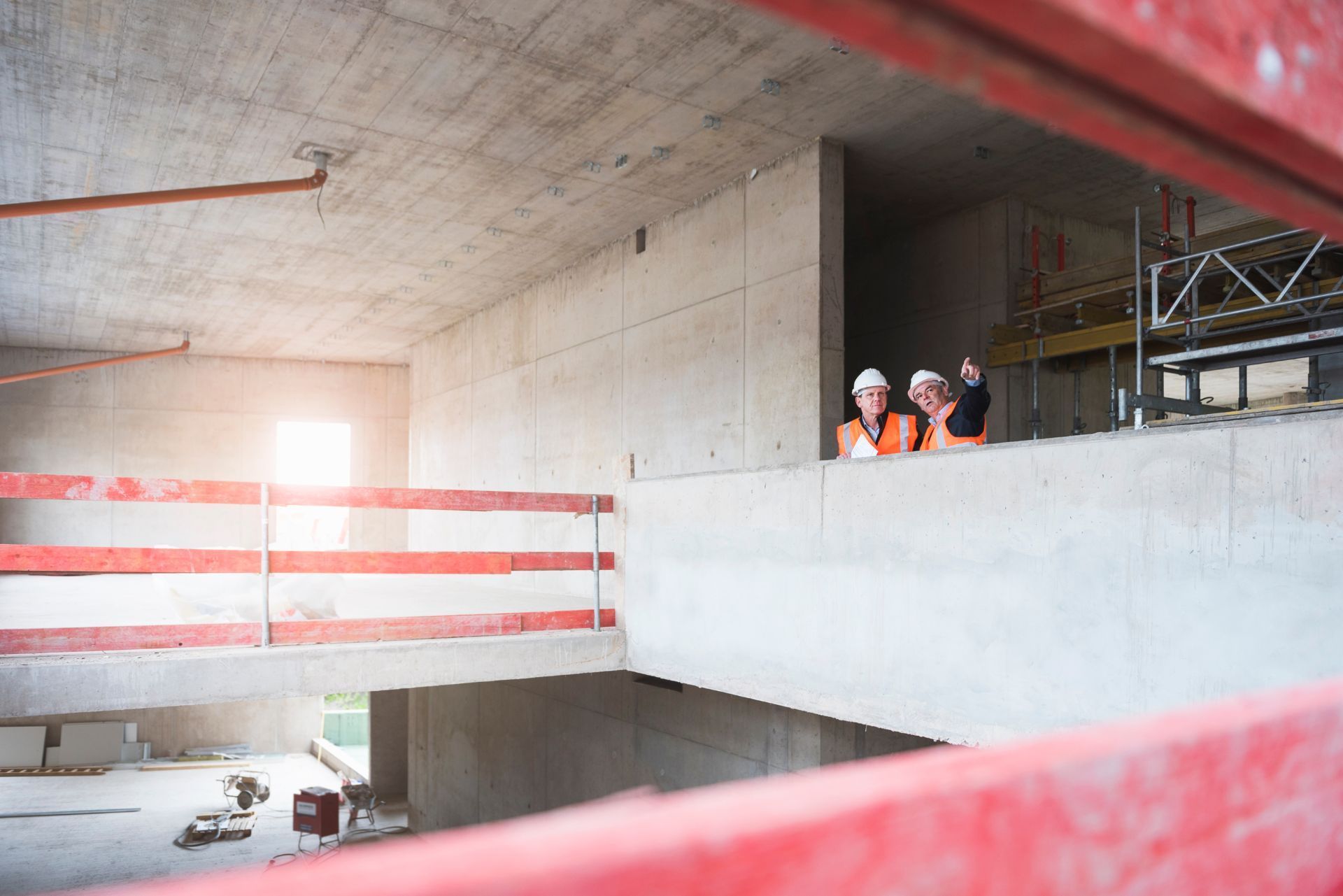Top 3 Recommended Policies

California’s wildfire crisis has reshaped the insurance landscape, especially for fireproofing contractors who play a crucial role in protecting homes and buildings from devastating fires. Understanding the complexities of insurance coverage in this high-risk environment is essential for contractors aiming to safeguard their businesses and clients. This article delves into everything you need to know about California fireproofing contractor insurance, including the evolving wildfire risks, recent regulatory changes, and how mitigation efforts impact insurance availability and costs.
As wildfire threats intensify, more homeowners are turning to specialized fireproofing contractors, which has led to significant shifts in insurance markets. Between 2020 and 2024, the number of homes covered by the California FAIR Plan more than doubled, while the Plan's total exposure nearly tripled, underscoring the growing demand for wildfire-related insurance solutions (California FAIR Plan).
The Growing Wildfire Risk and Its Impact on Insurance
California’s wildfire landscape has changed dramatically over the past few decades. Between 1991 and 2015, the state experienced four fires that destroyed more than 1,000 buildings each. Since 2015, however, there have been 15 major fires resulting in 174 fatalities and the destruction of over 55,000 buildings (CAL FIRE). This surge in wildfire activity has made insurance coverage more difficult and expensive to obtain, especially for contractors working in fire-prone areas. The increasing frequency of these catastrophic events has led to a reevaluation of risk assessment models, which are now struggling to keep pace with the reality on the ground. As climate change continues to exacerbate weather patterns, the unpredictability of wildfires poses a significant challenge not only for property owners but also for the insurance industry as a whole.
Brian Murphy, senior vice president and construction practices leader for Heffernan Insurance Brokers, highlights that wildfires are occurring with greater frequency and the definition of wildfire-exposed areas is constantly evolving. This dynamic risk environment means that fireproofing contractors must stay informed about changing insurance requirements and coverage options (Electrical Contractor Magazine). Moreover, the implications of these changes extend beyond just insurance; they affect the entire construction industry. Contractors are now tasked with implementing advanced fire-resistant materials and techniques, which can add to project costs and timelines. As a result, the need for ongoing education and training in fire safety measures has never been more critical, ensuring that contractors can not only comply with insurance requirements but also contribute to community safety.
Insurance Challenges for Fireproofing Contractors
For fireproofing contractors, obtaining comprehensive insurance coverage is more challenging than ever. Insurers are grappling with how to price wildfire risk accurately while remaining compliant with regulations. Sheri Lee Scott, an actuary with Milliman Property & Casualty, warns that incorporating mitigation efforts into underwriting could "exacerbate" the insurance crisis because insurers already face difficulties maintaining adequate rates for wildfire risk (CalMatters). This volatility in the insurance market forces contractors to be proactive in their risk management strategies, often requiring them to invest in additional safety measures that may not have been necessary in the past. As a result, many contractors are exploring alternative insurance solutions, such as risk retention groups or captive insurance, which can provide more tailored coverage options.
This means contractors must carefully navigate insurance policies to ensure they have sufficient liability, property, and workers’ compensation coverage without facing prohibitive premiums or coverage gaps. The complexity of these policies can lead to confusion and misinterpretation, which could ultimately leave contractors vulnerable in the event of a disaster. Furthermore, as the landscape of wildfire risk continues to evolve, staying ahead of regulatory changes and market trends will be essential for contractors to maintain their competitive edge and protect their businesses effectively.
Mitigation Efforts and Their Role in Insurance
Mitigation is a key strategy in reducing wildfire risk, and fireproofing contractors are at the forefront of implementing structural modifications that can protect homes and buildings. According to a study by the National Association of Insurance Commissioners, structural modifications alone can reduce wildfire risk by 40%. When combined with vegetation management, the risk reduction can reach up to 75% (CalMatters).
These statistics highlight the critical role fireproofing contractors play in wildfire resilience. However, despite the clear benefits, insurers remain cautious. The challenge lies in quantifying mitigation efforts and integrating them into underwriting models without destabilizing the insurance market. The complexity of measuring the effectiveness of various mitigation strategies can lead to hesitancy among insurers, who must balance risk assessment with the need to provide affordable coverage to homeowners. This dynamic creates a pressing need for standardized metrics that can accurately reflect the impact of mitigation efforts on overall risk.
New Insurance Standards Supporting Fireproofing
In February 2022, California Insurance Commissioner Ricardo Lara introduced statewide insurance standards aimed at fireproofing older homes and keeping wildfire insurance affordable and accessible. These standards encourage homeowners and contractors to adopt fire-resistant building practices and materials, which in turn can help stabilize insurance markets (California Globe).
For fireproofing contractors, these regulations represent both an opportunity and a responsibility. By aligning their services with the new standards, contractors can help clients meet insurance requirements and reduce wildfire vulnerability. Furthermore, as more homeowners invest in fireproofing measures, there is potential for a shift in public perception regarding wildfire risk. As communities become more proactive in their approach to fire safety, this could foster a culture of preparedness and resilience, encouraging local governments to support further initiatives aimed at enhancing fire safety infrastructure.
Moreover, the introduction of these standards opens the door for innovative building materials and technologies that can enhance fire resistance. For instance, advancements in fire-retardant coatings and non-combustible siding materials are becoming increasingly popular among homeowners looking to bolster their properties against wildfires. As these materials gain traction, they not only contribute to individual home safety but also create a ripple effect in the construction industry, prompting manufacturers to invest in research and development for even more effective fireproofing solutions.

Understanding the Insurance Market for Fireproofing Contractors
The insurance market for fireproofing contractors is influenced by broader trends in California’s housing and construction sectors. The Terner Center reports that developers often pay three to four times more for insurance on condominiums than on comparable rental apartments, with insurance costs adding between 2 to 4 percent to a condo project's hard costs (Terner Center). This pricing disparity reflects the heightened risk and complexity of insuring properties in wildfire-prone areas. As the frequency and intensity of wildfires increase, insurers are compelled to reassess their risk models, which in turn affects the premiums that contractors must pay.
Fireproofing contractors working on residential and commercial projects must account for these insurance costs when bidding and planning. Understanding how insurance premiums affect overall project budgets is essential for maintaining profitability and competitiveness. Additionally, contractors need to stay informed about the evolving landscape of insurance regulations and requirements, as these can vary significantly not only by region but also by the specific nature of the projects they undertake. This knowledge allows them to make informed decisions about the materials and methods they employ, ensuring they meet both client expectations and insurance stipulations.
Forward-Looking Wildfire Catastrophe Models
In July 2025, the California Department of Insurance completed its review of the first forward-looking wildfire catastrophe model. This model is designed to help insurers better assess wildfire risk and close coverage gaps across the state (California Department of Insurance). By utilizing advanced data analytics and predictive modeling, this tool aims to provide a more nuanced understanding of potential wildfire impacts, allowing for more tailored insurance products that cater to the unique needs of fireproofing contractors.
For fireproofing contractors, this development is promising. Improved risk modeling can lead to more accurate insurance pricing and potentially greater availability of coverage. Contractors who incorporate mitigation measures aligned with these models may find it easier to secure insurance and demonstrate their value to clients and insurers alike. Furthermore, as these models evolve, they may also encourage contractors to adopt innovative fireproofing technologies and practices, ultimately enhancing the safety and resilience of buildings in wildfire-prone areas. The integration of such proactive measures not only benefits the contractors' bottom line but also contributes to the overall safety of communities at risk, fostering a culture of preparedness and resilience in the face of increasing environmental challenges.
Best Practices for Fireproofing Contractors Regarding Insurance
Given the complex wildfire insurance environment, fireproofing contractors should adopt several best practices to protect their businesses:
- Maintain Comprehensive Coverage: Ensure policies cover general liability, professional liability, property damage, and workers’ compensation.
- Document Mitigation Efforts: Keep detailed records of fireproofing techniques and materials used, as these can support insurance claims and underwriting.
- Stay Informed on Regulatory Changes: Monitor updates from the California Department of Insurance and other regulatory bodies to remain compliant and competitive.
- Educate Clients: Help homeowners and developers understand how fireproofing can reduce insurance costs and improve safety.
- Work with Specialized Brokers: Partner with insurance brokers experienced in wildfire risk to navigate the market effectively.
By following these strategies, contractors can mitigate their own risks while contributing to broader wildfire resilience efforts. Additionally, it is essential for fireproofing contractors to engage in ongoing training and certification programs. These programs not only enhance their skill sets but also demonstrate a commitment to quality and safety to both clients and insurance providers. By staying updated on the latest fireproofing technologies and methodologies, contractors can position themselves as leaders in the industry, which can be a significant advantage when negotiating insurance terms.
Furthermore, establishing strong relationships with local fire departments and community organizations can provide contractors with valuable insights into regional fire risks and prevention strategies. Such collaborations can lead to community-based projects that not only enhance fire safety but also improve the contractor's visibility and reputation within the market. This proactive approach not only benefits the contractor's business but also fosters a culture of safety and preparedness within the communities they serve, ultimately leading to a more resilient environment against wildfires.

The Future Outlook for Fireproofing Contractor Insurance in California
The wildfire insurance landscape in California is evolving rapidly. As wildfire frequency and severity increase, insurance markets will continue to adapt. The expansion of wildfire-exposed areas and the growing number of homes requiring coverage mean fireproofing contractors will remain in high demand.
However, the insurance crisis is far from resolved. As Sheri Lee Scott points out, the integration of mitigation into underwriting presents challenges that insurers must carefully manage (CalMatters). Contractors should anticipate ongoing shifts in policy requirements and premium structures.
Ultimately, fireproofing contractors who embrace innovation, compliance, and education will be best positioned to thrive in this challenging environment. Their expertise not only protects properties but also plays a vital role in California’s broader wildfire resilience strategy.
For contractors and homeowners alike, staying informed and proactive about insurance and fireproofing standards is essential to navigating California’s wildfire risks effectively. The state has seen a surge in initiatives aimed at promoting fire-resistant building practices, with local governments increasingly incentivizing homeowners to invest in fireproofing measures. This trend not only enhances property safety but also aligns with state-wide efforts to mitigate the impact of wildfires on communities and ecosystems.
Furthermore, advancements in technology are reshaping the fireproofing industry. Innovative materials and techniques, such as intumescent coatings and fire-resistant landscaping, are gaining traction among contractors. These developments not only improve the effectiveness of fireproofing solutions but also provide homeowners with more options tailored to their specific needs and budgets. As the market continues to evolve, fireproofing contractors who leverage these innovations will likely find themselves at the forefront of a crucial industry, helping to safeguard lives and properties against the increasing threat of wildfires.
Contact Us
Phone
Location




